Beach Day with a Baby: Tips for a Stress-Free Experience
A day at the beach with a baby might seem daunting, but with the right preparation and mindset, it can become a magical experience filled with memories. Whether you’re dipping your toes in the sand for the first time as parents or you’re seasoned beachgoers, this guide will provide you with expert tips to enjoy a stress-free outing. From finding the perfect family-friendly beach to packing essentials and ensuring your baby stays cool, we’ve got you covered. Let’s dive in and explore 7 tips for making your beach day as smooth as the waves crashing on the shore.
1. Prepping for the Beach Day
Choosing the Right Beach
The foundation of any successful beach day is selecting a destination that caters to both parents and babies. Opt for family-friendly beaches known for their calm, shallow waters, which are ideal for little ones. Beaches like Baby Beach in Aruba, Poipu Beach in Hawaii, and Cala Brandinchi in Sardinia are perfect examples of destinations that boast lifeguards, amenities, and soft sandy shores. Make sure the beach you choose offers bathrooms, changing facilities, and shaded areas to ensure convenience throughout your trip.
Timing is Everything
Timing can make or break your beach day. Plan your visit early in the morning or late in the afternoon to avoid the peak sun hours. The sun’s harmful UV rays are strongest between 11 AM and 3 PM, making these times less ideal for your baby’s delicate skin. Align your outing with your baby’s nap and feeding schedule to avoid disruptions. A well-rested and fed baby is more likely to enjoy the adventure.
Weather and Safety Considerations
Before heading out, check the weather forecast. Look for mild, breezy days with temperatures that are neither too hot nor too cold. Pay attention to the UV index—low to moderate levels are preferable. Avoid beaches on windy days, as blowing sand and intense gusts can make your experience uncomfortable. By planning ahead, you’ll ensure that the weather works with you, not against you.
2. Packing Essentials
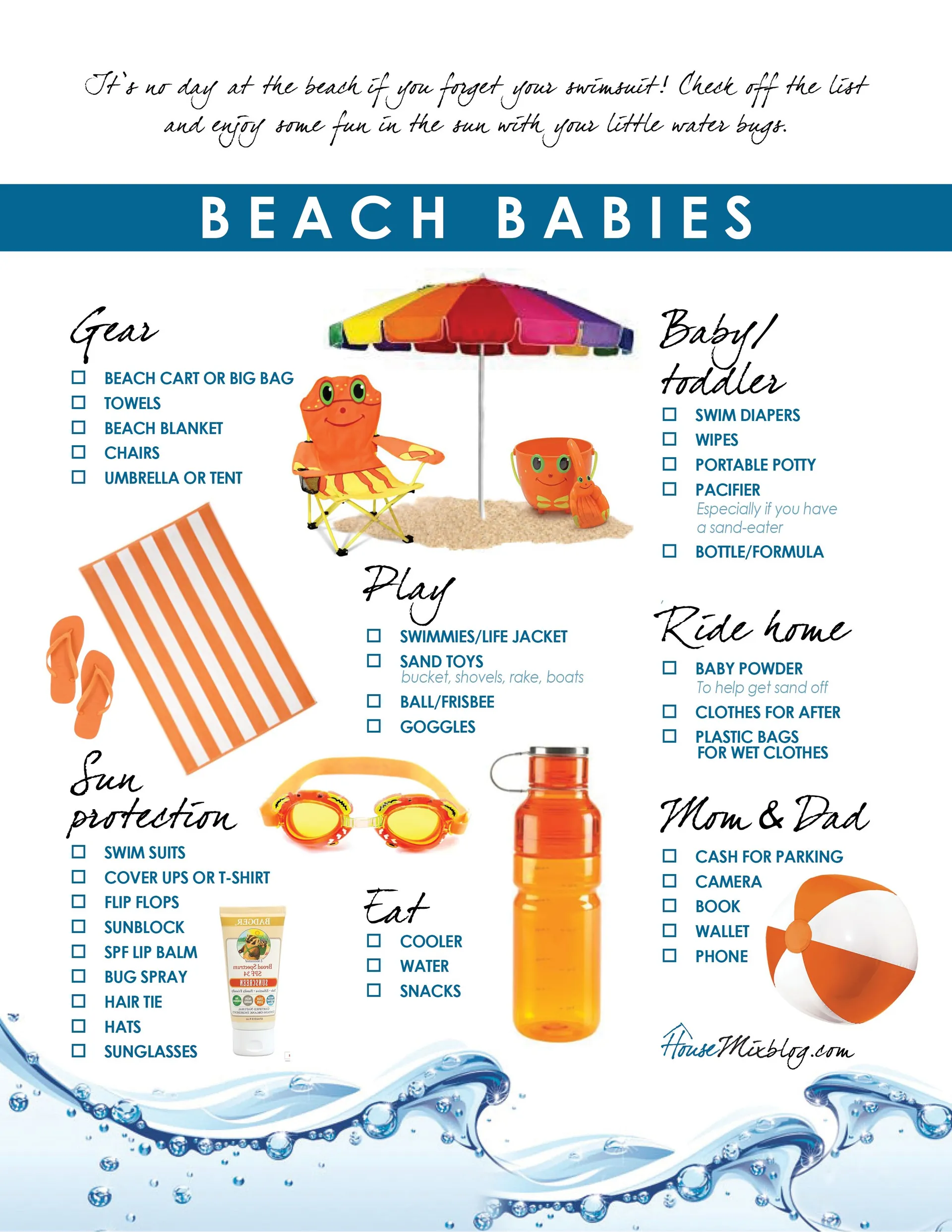
When it comes to packing for a beach trip with a baby, preparation is key. Overpacking can lead to frustration, while underpacking could leave you unprepared for critical moments. Strike a balance with this ultimate beach gear checklist.
Sun Protection Must-Haves
Protecting your baby from the sun should be at the top of your to-do list. Use a baby-safe sunscreen with SPF 30+ or SPF 50+ and reapply every two hours or after swimming. For babies under six months old, avoid sunscreen altogether and rely on physical barriers like UPF clothing and shade instead. Pack wide-brimmed hats, UV-protective sunglasses, and breathable long-sleeved rash guards to shield delicate skin. A pop-up beach tent or umbrella with UPF 50+ will create a shaded haven for your baby, ensuring they stay safe from harmful rays.
Hydration and Snacks
Keeping your baby hydrated is crucial, especially in the sun. Bring enough water bottles, breast milk, or formula, and increase their hydration by 50% on warm days to avoid dehydration. Pre-packaged baby-friendly snacks like fruit pouches, yogurt, and rice cakes are ideal for a quick, mess-free snack. If your baby is still on solids, ensure their food is stored in cooler bags to maintain freshness.
Beach Gear Checklist
Here’s a comprehensive gear list to ensure you have everything you need:
- Swim Diapers: Use disposable or reusable options, and keep spares handy. Regular diapers won’t work in water.
- Wipes and Waterproof Changing Pads: Perfect for quick cleanups and diaper changes.
- Mesh Bags: Handy for sandy toys and wet clothes, allowing sand to fall through for easy cleanup.
- Trash Bags: Manage your waste responsibly by carrying trash bags for diapers and snack wrappers.
- Portable Fans or Misting Bottles: These items are lifesavers for keeping your baby cool under the sun.
Entertainment and Comfort
Babies are naturally curious, so pack items that keep them engaged and relaxed. Toys like buckets, shovels, and sensory items are perfect for beach play. For younger babies, consider bringing a blow-up baby pool filled with shallow water for safe water play. Create a sand-free play zone using a fitted sheet with its edges raised, and bring soft blankets or sand-free mats for napping and sitting.
3. At the Beach: Setting Up
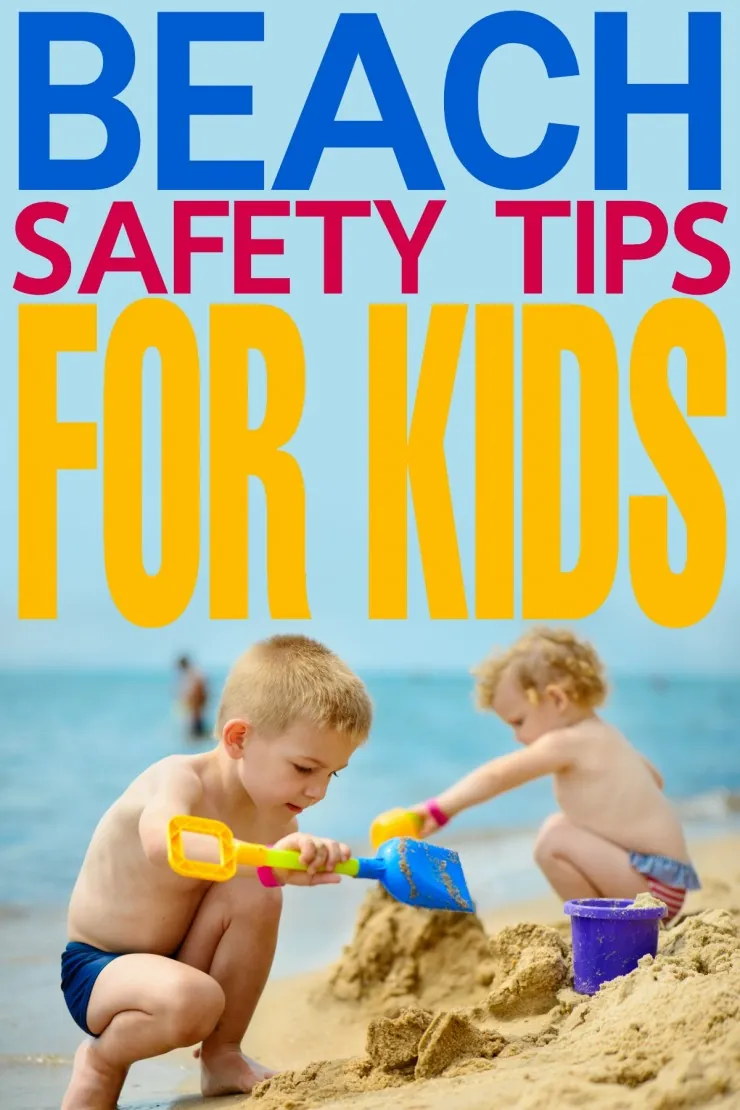
Creating a Baby-Friendly Base Camp
Once you arrive at the beach, the first step is to establish a comfortable and safe base camp. Use a pop-up tent or a beach umbrella to provide shade and protect against UV rays. Ensure that the shade structure is secured to prevent tipping over in windy conditions. Lay down a fitted sheet with the edges raised to create a sand-free zone for your baby to play, rest, or crawl around.
Introducing Baby to the Beach
Many babies are experiencing sand and sea for the first time, so introduce these new sensations gradually. Begin by letting them touch the sand or wet their toes in the water. Monitor their reactions closely—some babies may love the texture of sand, while others may need time to adjust. Always encourage exploration at their own pace.
Managing Heat and Sun Exposure
Keeping your baby cool is essential to prevent discomfort or heat-related issues. Regularly spritz them with cool water using a misting bottle, or wipe their skin with a damp washcloth. Take frequent breaks in shaded areas to allow them to cool down. Watch for signs of overheating, such as redness, fussiness, or excessive sweating, and address these immediately.
4. Water Safety Tips
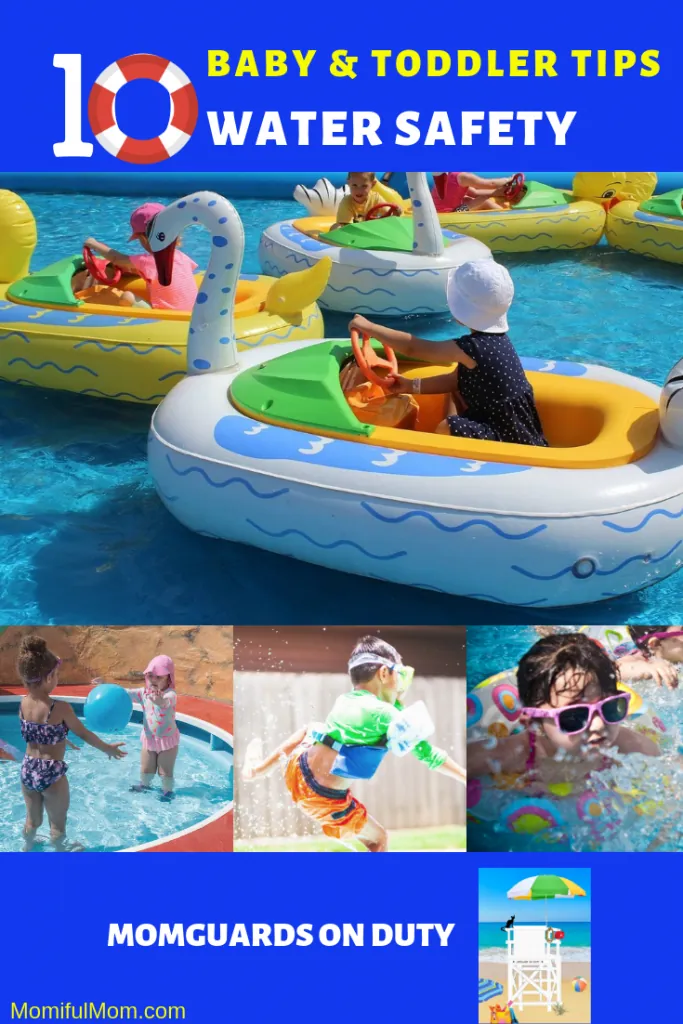
When near water, safety should be the number one priority for any parent. Babies need constant supervision, and these tips will ensure that your little one stays safe.
- Always Stay Close: Never leave your baby unattended near water. Keep them within arm’s reach at all times, whether they’re playing in shallow water or just sitting along the shore.
- Use Baby Floats Responsibly: If you’re using a baby float, make sure it’s equipped with a shaded canopy for sun protection and only use it in calm, shallow waters. Avoid areas with strong currents or waves.
- Rinse Off Saltwater: After swimming, rinse your baby with clean water to remove salt and prevent irritation to their sensitive skin.
5. Maintaining Baby’s Routine
A consistent routine can significantly reduce stress during your beach outing. By anticipating your baby’s needs for naps and feeding, you can ensure a smoother experience for the entire family.
Nap Time at the Beach
Babies thrive on routine, so incorporating nap time into your beach day is essential. Create a cozy, shaded area using a portable beach tent or a pop-up crib. Opt for items that your baby associates with sleep, such as their favorite blanket, sleep sack, or pacifier. The soothing sounds of the ocean waves can actually help lull your baby to sleep, but to block out other potential distractions, consider bringing a portable white noise machine. Keep in mind that naps on the beach may be shorter than usual due to the unfamiliar environment, so adjust your expectations accordingly.
Feeding on the Go
Feeding your baby at the beach requires a bit of planning but can be manageable with the right tools. If you’re bottle-feeding, bring pre-measured formula and sterilized bottles in insulated bags to keep them cool. Breastfeeding moms might consider packing a nursing cover for privacy and comfort. Finger foods like sliced fruits or soft snacks can also be great for older babies. Be sure to have wipes or a damp cloth handy to clean up sticky hands and faces.
6. Cleaning Up
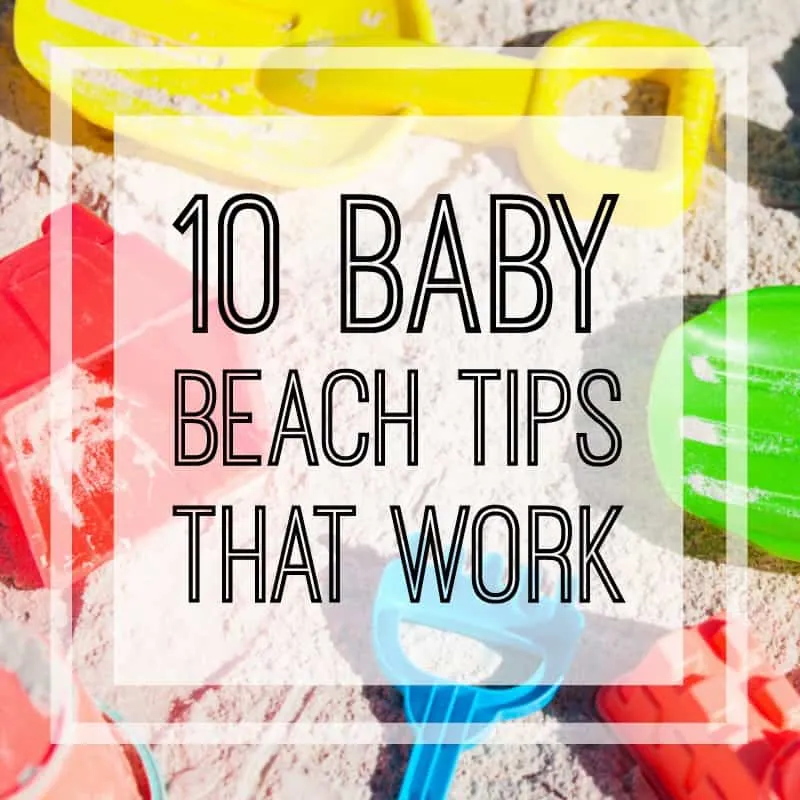
Leaving the beach as clean and refreshed as possible is just as important as enjoying your time there. Sand and salt can be tricky to deal with, but these tips will help you simplify the process.
Removing Sand from Skin
Sand sticking to your baby’s skin can cause discomfort. Fortunately, baby powder or cornstarch can make sand removal a breeze. Lightly sprinkle it on sandy areas, and the sand will easily brush away. This trick works especially well on sensitive skin areas and toes. If you have access to a freshwater shower at the beach, rinse your baby off thoroughly from head to toe. Otherwise, pack bottles of clean water for a quick and convenient cleanup.
Managing Wet and Soiled Items
After a day full of exploration, your baby’s clothes and items might need attention. Pack extra clothes and store soiled items in wet bags to contain messes. Bring spare swim diapers, as regular diapers may swell and make your baby uncomfortable. Towels are a must, not just for drying off your little one but also for creating a buffer between sandy or damp surfaces and your car.
7. Common Challenges and How to Overcome Them
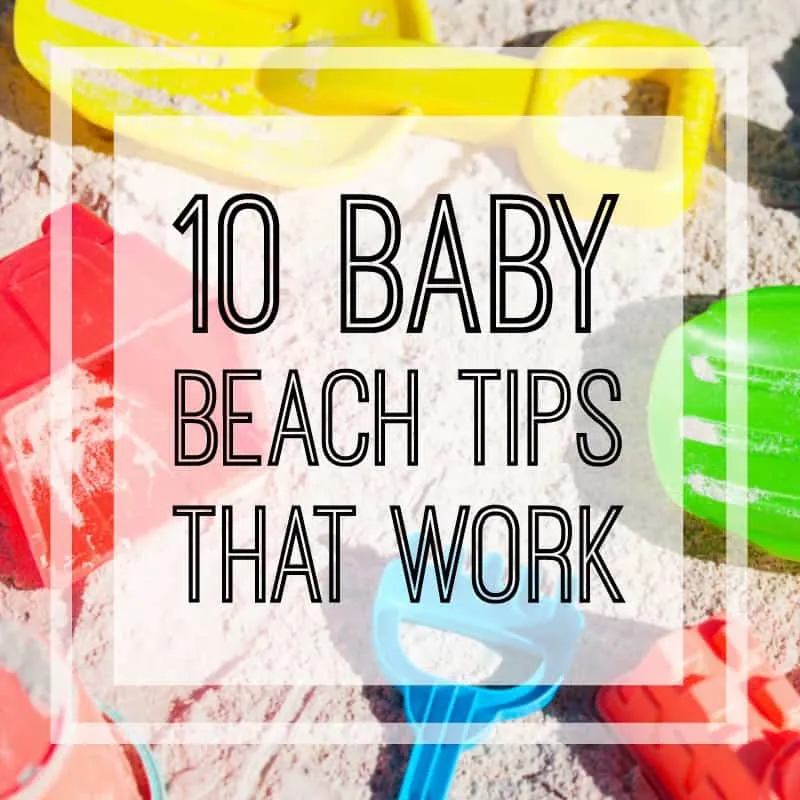
Even the best-laid plans can hit a snag when you’re at the beach with a baby. Here’s how to address some common challenges:
Baby Eating Sand
Babies are naturally curious, and sand may end up in their mouth no matter how vigilant you are. Create a sand-free play zone using a fitted sheet with raised edges or lay a clean mat where your baby can safely play with their toys. If your little one does manage to sneak some sand into their mouth, stay calm and rinse it out with clean water. Distracting them with toys or snacks can also help redirect their interest.
Overpacking vs. Underpacking
Packing for the beach is a delicate balance between bringing enough essentials and avoiding an overwhelming load. To avoid overpacking, make a checklist of must-have items and stick to it. Essentials like spare diapers, sunscreen, snacks, and water should always be prioritized. However, it’s wise to have backups of smaller items, such as extra clothes or swim diapers, to prepare for any unexpected messes.
Managing Tantrums
The beach can be overstimulating for babies, leading to tantrums or fussiness. If your baby gets overwhelmed, retreat to a shaded, quiet area and allow them time to calm down. Offering a favorite toy, snack, or comfort item can help soothe them. Remember, flexibility is key—if things aren’t going as planned, adjust your expectations and focus on making the most of the outing.
FAQs Section
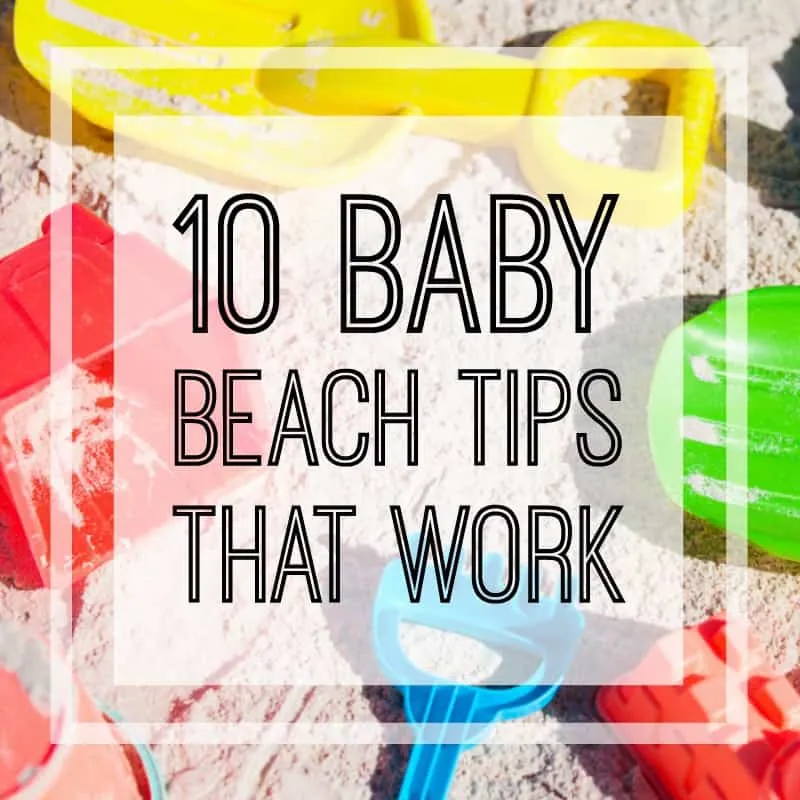
Q1: What age is safe for taking a baby to the beach?
Babies as young as two months can go to the beach if they’re kept in shaded areas and out of direct sun exposure. However, six months is the ideal age to start using sunscreen, which makes managing sun safety easier.
Q2: Can I use sunscreen on my newborn?
Sunscreen isn’t recommended for babies under six months old. Instead, dress your baby in UPF clothing and keep them under a shade structure. For older babies, use baby-safe sunscreen with SPF 30+ or SPF 50+.
Q3: How do I keep my baby cool at the beach?
To keep your baby cool, use portable fans, misting bottles, or damp washcloths. Create a shaded area with a pop-up tent or beach umbrella and ensure they stay hydrated with water, breast milk, or formula.
Q4: What should I do if my baby gets sunburned?
If your baby develops sunburn, move them to a shaded area immediately. Apply aloe vera gel to soothe the skin, and consult your pediatrician if the redness is severe or accompanied by symptoms like fever.
Q5: How long can I stay at the beach with my baby?
Limit your beach visit to 1–2 hours, especially during your first few outings. Choose cooler times of the day, such as early morning or late afternoon, to ensure your baby stays comfortable.
Conclusion
A day at the beach with a baby can seem intimidating, but with careful planning, it can become an enjoyable experience for your family. From choosing the right beach to packing smart and maintaining your baby’s routine, these 7 tips ensure you’re prepared for every challenge and delight that comes with a beach day. Remember, flexibility and patience are your greatest allies. Focus on creating precious memories rather than striving for perfection. After all, it’s not just about the photos—it’s about the joy of spending time together as a family. Now, pack those bags and get ready to enjoy the sun, sand, and sea with your little one!






